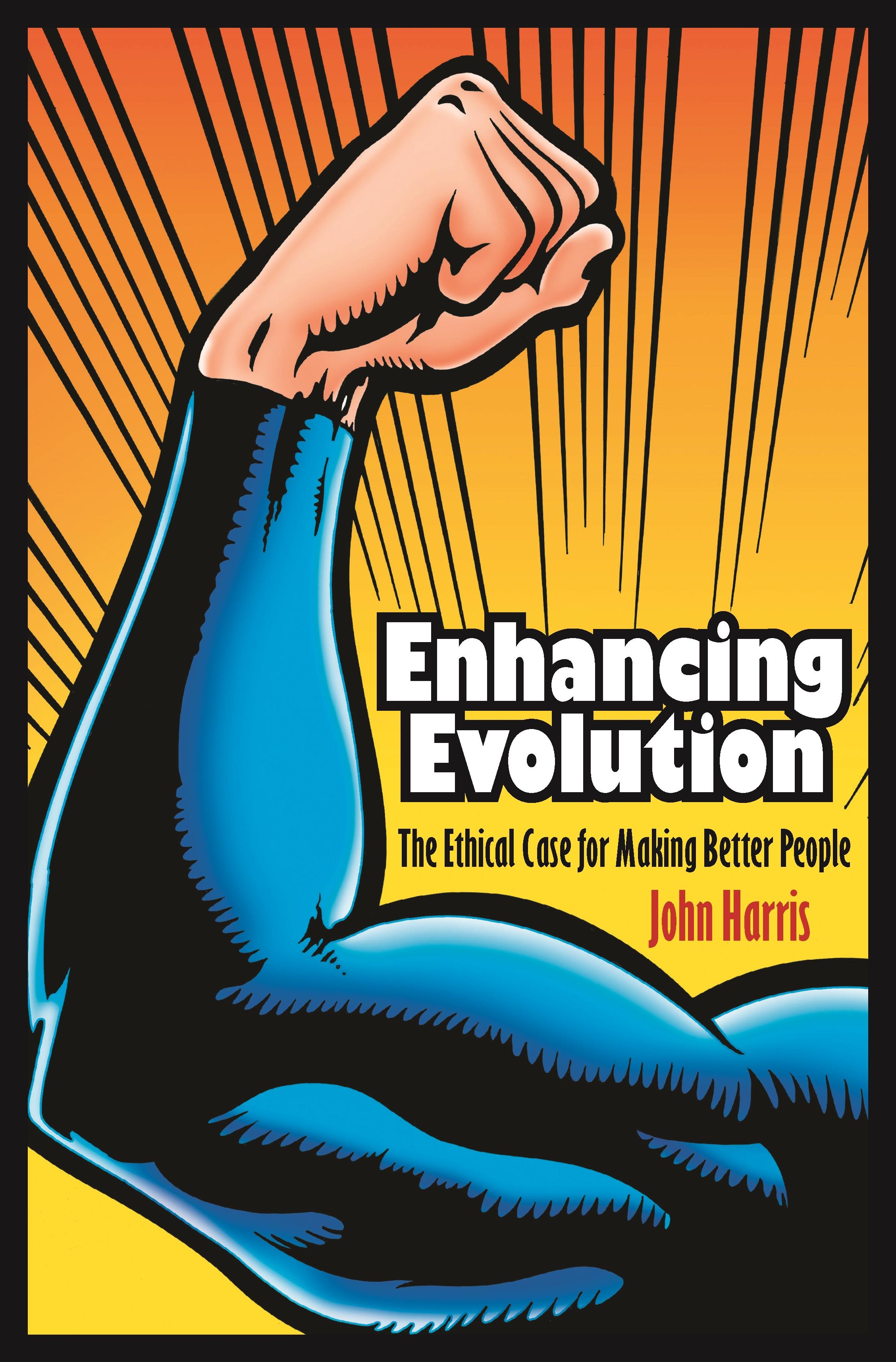
The development and deployment of autonomous vehicles (AVs) hinge crucially on rigorous testing and validation. Physical road testing, while essential, is time-consuming, costly, and potentially dangerous for edge cases. As such, simulation environments are becoming increasingly indispensable tools. This article explores the application of world foundation models (WFMs) – large, pre-trained models capable of generating and understanding diverse and realistic virtual worlds – within NVIDIA’s Omniverse platform to advance AV simulation and safety. By leveraging the power of WFMs, we can create significantly more complex, varied, and realistic scenarios for testing AV systems, ultimately accelerating the development of safer and more reliable autonomous vehicles.
Table of Contents
- Reconstructing Reality: The Promise of World Foundation Models for AV Simulation
- Bridging the Gap: High Fidelity Data Generation and Validation Strategies
- Enhancing Safety Critical Scenarios: Tailoring World Models for Edge Case Simulation
- Implementation Roadmap: Integrating World Foundation Models into Existing AV Development Pipelines
- Q&A
- Future Outlook

Reconstructing Reality: The Promise of World Foundation Models for AV Simulation
The quest for truly safe and reliable autonomous vehicles (AVs) demands simulation environments that mirror the complexities and unpredictability of the real world. Traditional simulation techniques, while valuable, often fall short in capturing the nuances of dynamic traffic scenarios, diverse weather conditions, and the sheer variability of human behavior. Enter World Foundation Models (WFMs) – a revolutionary approach promising to bridge the gap between simulated and real-world driving experiences. These models, trained on massive datasets encompassing visual, sensor, and behavioral information, possess the potential to generate highly realistic and diverse virtual environments. Imagine simulating edge cases, rare but critical scenarios like sudden pedestrian crossings, unpredictable cyclist movements, or obscured traffic signals, with unprecedented fidelity. This level of realism is crucial for thoroughly testing and validating AV safety systems before they encounter these situations on public roads.
The power of WFMs lies in their ability to learn and generalize from vast amounts of data, enabling them to create more realistic and comprehensive AV simulation. The following points are examples of important benefits:
- Enhanced Realism: Generating photorealistic environments with diverse textures, lighting conditions, and weather patterns.
- Realistic Agent Behavior: Simulating human-like behavior for pedestrians, cyclists, and other vehicles, including errors and unexpected actions.
- Efficient Scenario Generation: Rapidly creating a wide range of challenging and diverse driving scenarios to stress-test AV systems.
| Feature | Traditional Simulation | WFM-Powered Simulation |
|---|---|---|
| Environment Realism | Limited, often stylized | High-fidelity, photorealistic |
| Agent Behavior | Pre-programmed, predictable | Data-driven, unpredictable |
| Scenario Diversity | Manually designed, limited | Automatically generated, vast |

Bridging the Gap: High Fidelity Data Generation and Validation Strategies
The relentless pursuit of safer autonomous vehicles faces a critical hurdle: generating vast, realistic datasets for training and validating their decision-making abilities. Traditional methods often fall short in capturing the long-tail distribution of real-world driving scenarios, leading to brittle performance in unexpected situations. This is where World Foundation Models (WFMs) are proving revolutionary. By learning a comprehensive representation of the world – physics, agent behaviors, and environmental dynamics – from diverse data sources, WFMs can synthesize high-fidelity, photorealistic environments programmatically. Imagine conjuring complex intersections with unpredictable pedestrian movements, simulating adverse weather conditions like torrential downpours or dense fog, or even recreating rare, accident-prone events, all within a controlled virtual environment. This paradigm shift unlocks the potential to:
- Dramatically reduce the reliance on expensive and dangerous real-world testing.
- Explore edge cases and failure modes systematically, accelerating the development of robust safety mechanisms.
- Scale testing efforts exponentially, allowing for more comprehensive validation coverage.
However, generating data is only half the battle. Ensuring the quality and validity of the synthetic data is paramount. Strategies for validation must be robust and multifaceted, encompassing everything from physics engine accuracy to the realism of agent behavior. This can involve comparing simulated sensor data against real-world recordings, leveraging domain experts to assess the plausibility of generated scenarios, and employing statistical methods to quantify the distributional similarity between synthetic and real datasets. Furthermore, developing standardized benchmarks and metrics is crucial for objectively comparing the performance of different WFM-based simulation platforms. Consider the following example of validation metrics:
| Metric | Description | Acceptable Range |
|---|---|---|
| Object Detection Accuracy | Precision and recall of object detection in simulated images. | > 90% |
| Trajectory Prediction Error | Average displacement error in predicted trajectories of other agents. | < 0.5 meters |
| Scene Realism Score | Subjective assessment of scene plausibility by expert evaluators. | > 4.0 (out of 5) |

Enhancing Safety Critical Scenarios: Tailoring World Models for Edge Case Simulation
Autonomous vehicle (AV) development hinges on rigorous testing, especially when navigating complex and potentially hazardous situations. Traditional simulation methods often fall short in replicating the sheer unpredictability of the real world, struggling to generate the rare but critical “edge cases” that truly test an AV’s resilience. World Foundation Models (WFMs) are emerging as a powerful solution to this challenge, offering a far more comprehensive and realistic simulation environment. By leveraging vast datasets of real-world driving scenarios, WFMs can generate diverse and plausible edge cases, exposing AVs to situations they might not encounter in years of on-road testing. This proactive approach to safety validation is crucial for ensuring the safe deployment of autonomous technology.
WFMs allow us to fine-tune simulations to focus on specific safety-critical scenarios. The possibilities are extensive:
- Adverse Weather Conditions: Simulating driving in heavy rain, snow, or fog with realistic sensor degradation.
- Unpredictable Pedestrian Behavior: Recreating jaywalking incidents, distracted pedestrians, and sudden movements.
- Complex Traffic Interactions: Modeling intricate merging scenarios, aggressive driving behavior, and unexpected lane changes.
Furthermore, the ability to customize WFMs enables developers to prioritize specific geographic locations or driving conditions, ensuring that AVs are thoroughly tested in the environments where they will ultimately operate. Consider the example where testing corner cases and critical events in a WFM allows for efficient simulation. Refer to the table below for a better overview:
| Edge Case | Description | WFM Benefit |
|---|---|---|
| Sudden Obstacle | Debris falling from a truck | Realistic physics and sensor simulation |
| Lost GPS Signal | Driving in a tunnel | Testing fallback navigation strategies |

Implementation Roadmap: Integrating World Foundation Models into Existing AV Development Pipelines
The promise of truly autonomous vehicles (AVs) hinges on their ability to navigate and react safely in an infinite variety of real-world scenarios. Traditional AV development pipelines, relying heavily on limited, hand-crafted simulations and laborious real-world testing, are increasingly strained. World Foundation Models (WFMs) offer a paradigm shift, providing the potential to generate diverse, high-fidelity, and dynamically responding virtual environments at scale. This unlocks unprecedented opportunities for robust AV training and validation, accelerated scenario development, and ultimately, safer streets for everyone. Effectively weaving these models into existing AV workflows, however, requires a carefully considered implementation roadmap. This shift calls for new architectural paradigms and streamlined data flows.
Successfully incorporating WFMs demands a phased approach, encompassing key areas of development:
- Data Ingestion and Preprocessing: Adapting existing sensor data pipelines to efficiently train and refine WFMs.
- Scenario Generation and Management: Establishing robust frameworks for generating both nominal and edge-case scenarios, reflecting real-world complexities like adverse weather or unpredictable traffic.
- Simulation Fidelity and Validation: Rigorously validating the accuracy and realism of WFM-driven simulations against real-world data through comprehensive correlation testing.
- Runtime Integration and Optimization: Optimizing WFMs for real-time inference performance, enabling their use in both simulation environments and potentially within the AVs’ on-board decision-making systems.
| Phase | Key Activities | Expected Outcome |
|---|---|---|
| Pilot | WFM Prototyping, Limited Scenario Generation | Feasibility demonstrated, initial system developed |
| Integration | Workflow Adaptation, Data Pipeline Enhancement | Seamless integration with simulation platform |
| Expansion | Scale Scenario Coverage, Improve Simulation Realism | Wide-ranging simulation libraries, enhanced safety |
Q&A
Q&A: Into the Omniverse – World Foundation Models and the Future of Autonomous Vehicle Safety
This Q&A explores the transformative potential of World Foundation Models (WFMs) in advancing autonomous vehicle (AV) simulation and safety, as discussed in the “Into the Omniverse: World Foundation Models Advance Autonomous Vehicle Simulation and Safety” article.
Q: What are World Foundation Models (WFMs) and how are they different from traditional AI models used in AV development?
A: World Foundation Models (WFMs) are large, pre-trained AI models that learn a general representation of the world. Unlike traditional AI models in AV development, which are often trained for specific tasks like object detection or lane keeping, WFMs are trained on massive datasets of diverse real-world data, including images, videos, text, and sensor readings. This allows them to develop a comprehensive understanding of the world, enabling them to perform well across multiple tasks and adapt to new situations without extensive retraining. Think of it as a general intelligence model that can then be fine-tuned for specific AV applications.
Q: How are WFMs being used in autonomous vehicle simulation, and what are the benefits?
A: WFMs are revolutionizing AV simulation in several key ways. Firstly, they can generate more realistic and varied simulation environments. They can create scenarios with diverse weather conditions, unexpected pedestrian behavior, and complex traffic interactions, all based on learned representations of the real world. Secondly, WFMs can accelerate the simulation process through automated scenario generation and efficient data augmentation. Finally, and perhaps most importantly, WFMs can help uncover edge cases and corner scenarios that might be missed with traditional, rule-based simulation systems, leading to safer and more robust AV performance. The benefits include faster development cycles, reduced reliance on expensive real-world testing, and a more thorough evaluation of AV safety.
Q: What role does NVIDIA’s Omniverse platform play in leveraging WFMs for AV development?
A: NVIDIA’s Omniverse platform provides the infrastructure and tools necessary to effectively leverage WFMs for AV development. Omniverse offers a robust simulation environment capable of accurately representing sensor data and physical interactions. This allows for realistic simulation scenarios generated by WFMs to be run and analyzed. Importantly, Omniverse facilitates data exchange and collaboration between various teams involved in AV development, ensuring a smooth integration of WFMs into existing workflows. The platform also provides the computational power required to train and deploy these large models effectively.
Q: What are some of the specific challenges associated with implementing WFMs in AV simulation?
A: While WFMs offer significant advantages, there are challenges to consider. One challenge is the computational cost associated with training and deploying these large models. Another is the need for high-quality, diverse training data to ensure the model accurately represents the real world. Ensuring the safety and reliability of WFMs is also paramount. Biases in the training data can lead to unintended consequences, and verifying the model’s robustness across a wide range of scenarios is crucial. Finally, managing the complexity and scale of WFMs requires specialized expertise and infrastructure.
Q: What are the potential long-term impacts of WFMs on the future of autonomous driving and road safety?
A: The long-term impacts of WFMs on autonomous driving are potentially transformative. They can significantly accelerate the development and deployment of safer, more reliable AVs. By enabling more realistic and comprehensive simulation, WFMs can help AVs better understand and navigate complex environments, ultimately reducing accidents and improving road safety. Furthermore, the ability of WFMs to adapt to new situations and learn from experience can lead to more resilient and adaptable autonomous systems. As WFMs continue to evolve, they hold the promise of unlocking the full potential of autonomous driving and creating a safer and more efficient transportation future.
Q: What steps are being taken to address the ethical considerations related to using WFMs in AV development?
A: Ethical considerations are paramount in the development and deployment of WFMs for AVs. Researchers and developers are actively working on addressing potential biases in training data and implementing fairness metrics to ensure equitable performance across diverse populations. Explainability and interpretability are also key priorities, allowing developers to understand and debug model behavior. Transparency and accountability are crucial as well, ensuring that the decision-making processes of AVs are understandable and auditable. Ultimately, responsible development and deployment of WFMs will be key to ensuring public trust and realizing the full benefits of autonomous driving.
Future Outlook
In conclusion, the emergence of World Foundation Models offers a significant leap forward in autonomous vehicle development. By enabling richer, more realistic, and scalable simulation environments, systems like Into the Omniverse are poised to dramatically accelerate the validation and verification processes necessary for safe and reliable autonomous driving. While challenges remain in ensuring complete fidelity and addressing edge-case scenarios, the potential for these advancements to minimize real-world risk and expedite the deployment of autonomous vehicles is substantial. Future research and development will likely focus on further refining the accuracy and efficiency of these models, paving the way for a future where autonomous vehicles can navigate the complexities of the real world with greater safety and confidence.

